Customer Services
Copyright © 2025 Desertcart Holdings Limited
Desert Online General Trading LLC
Dubai, United Arab Emirates
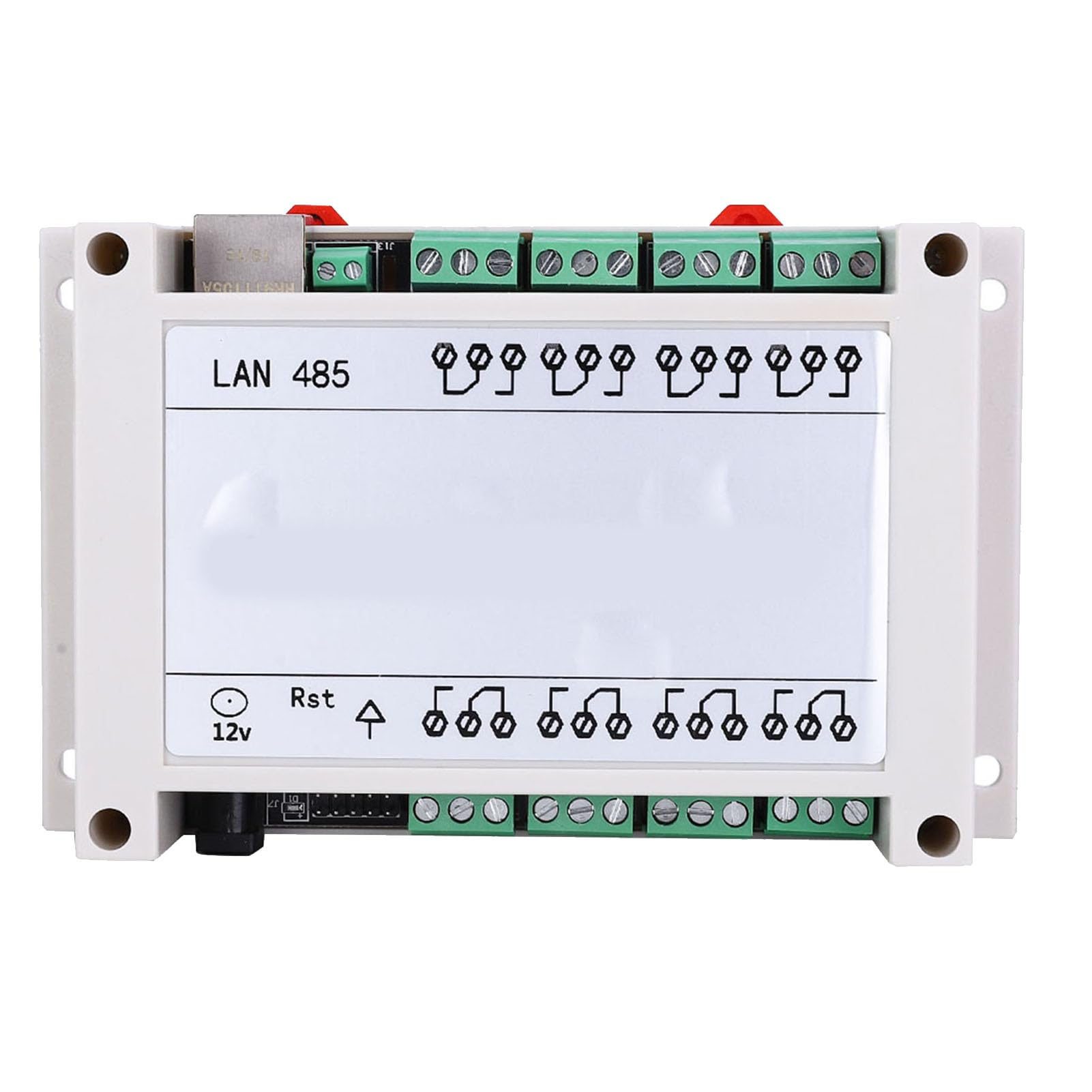


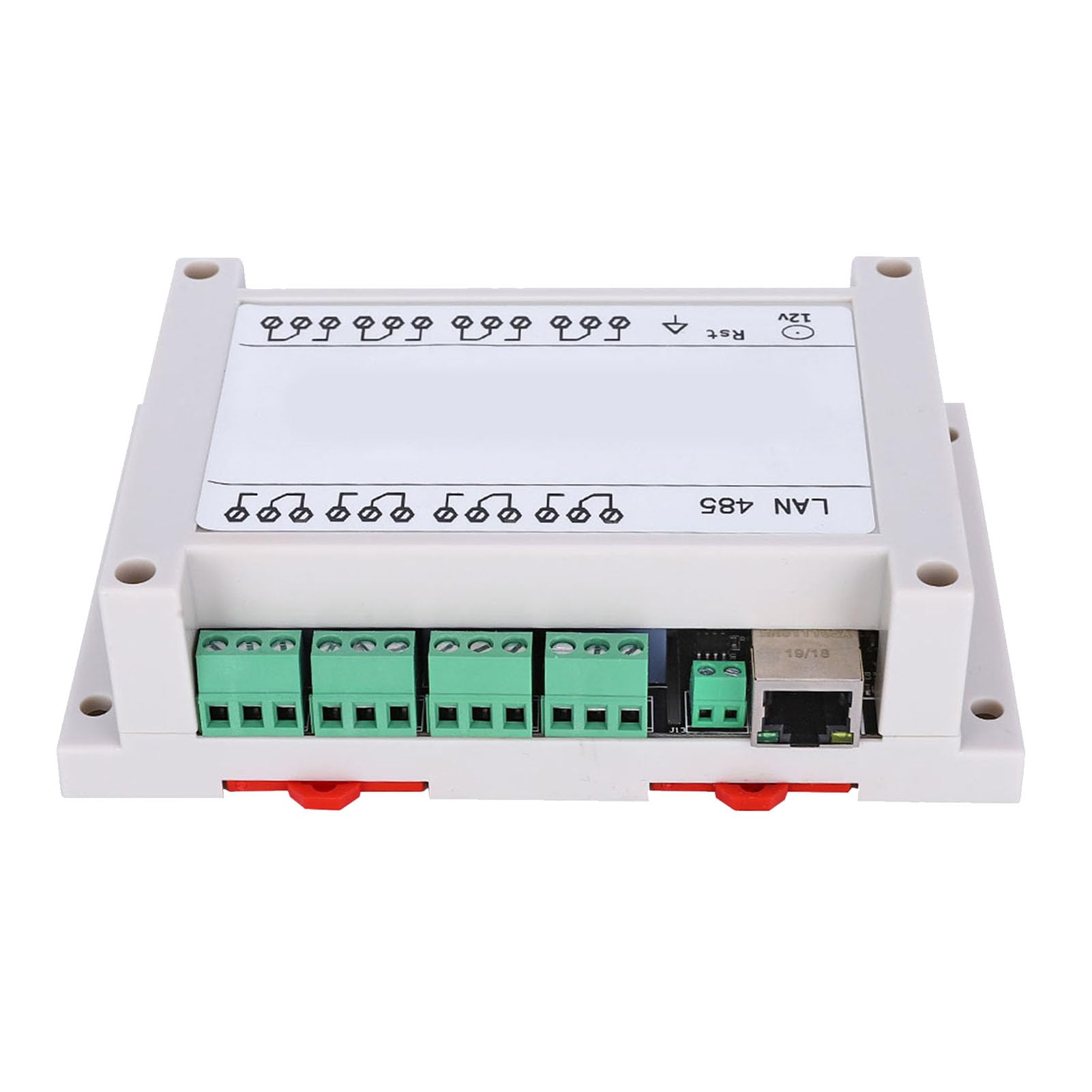

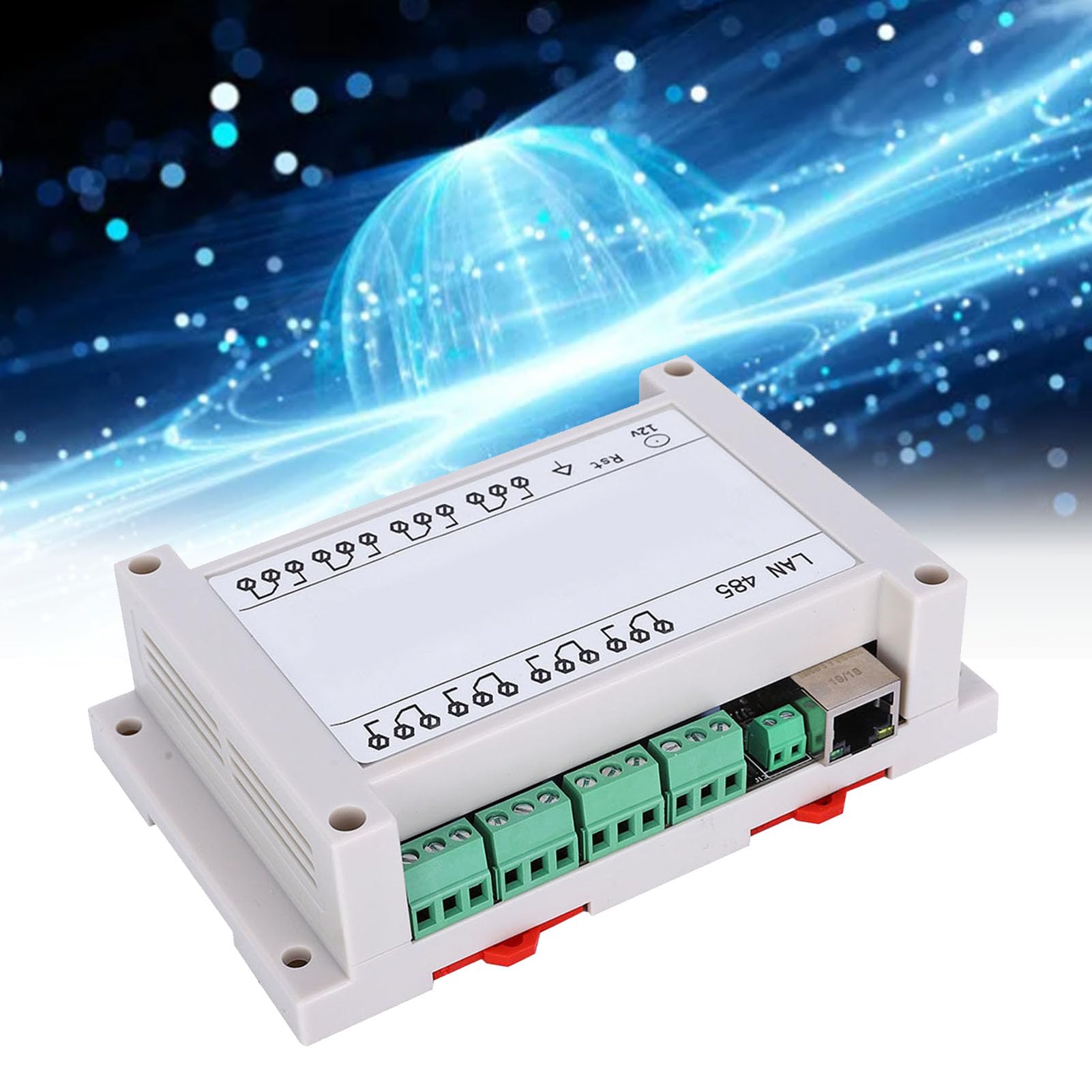
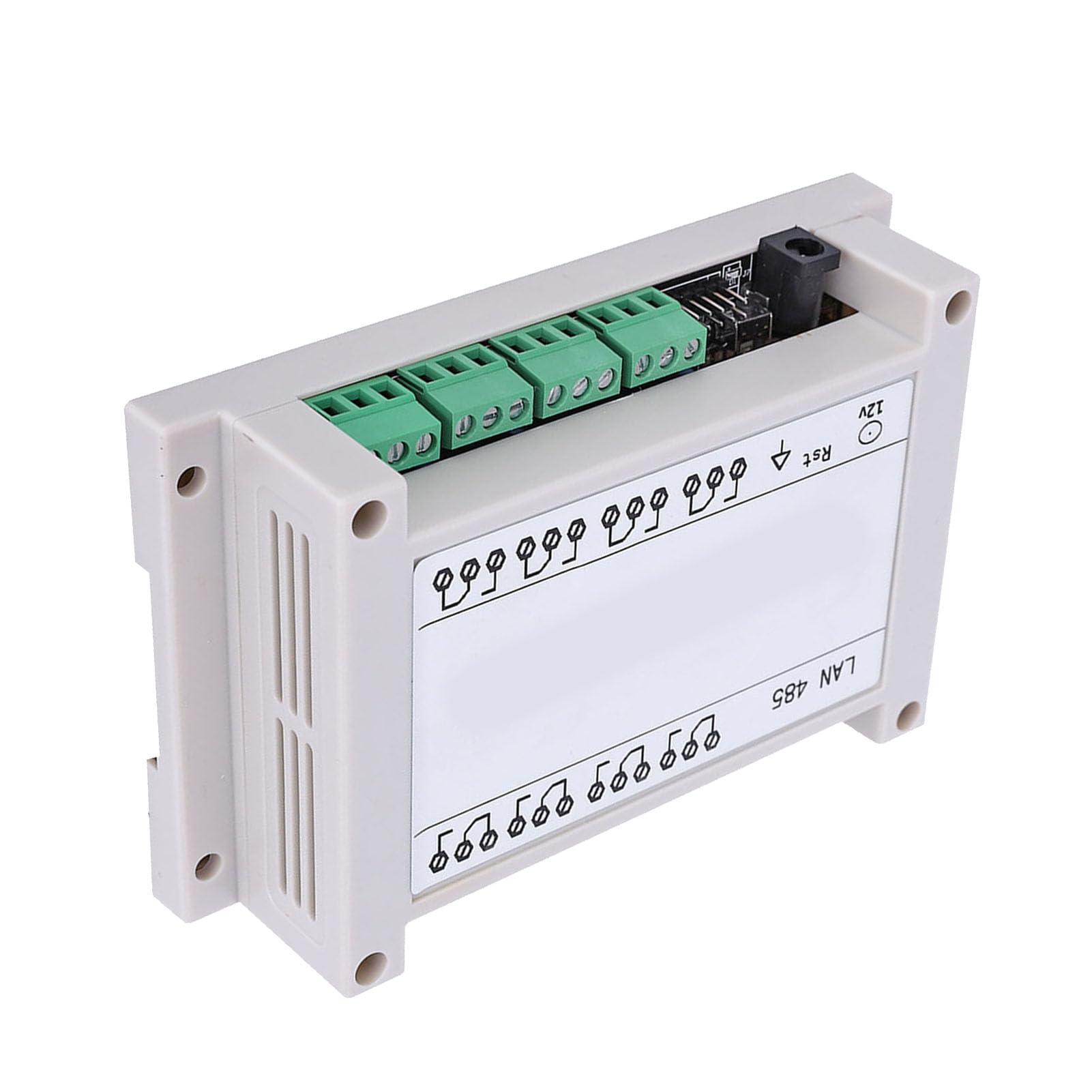

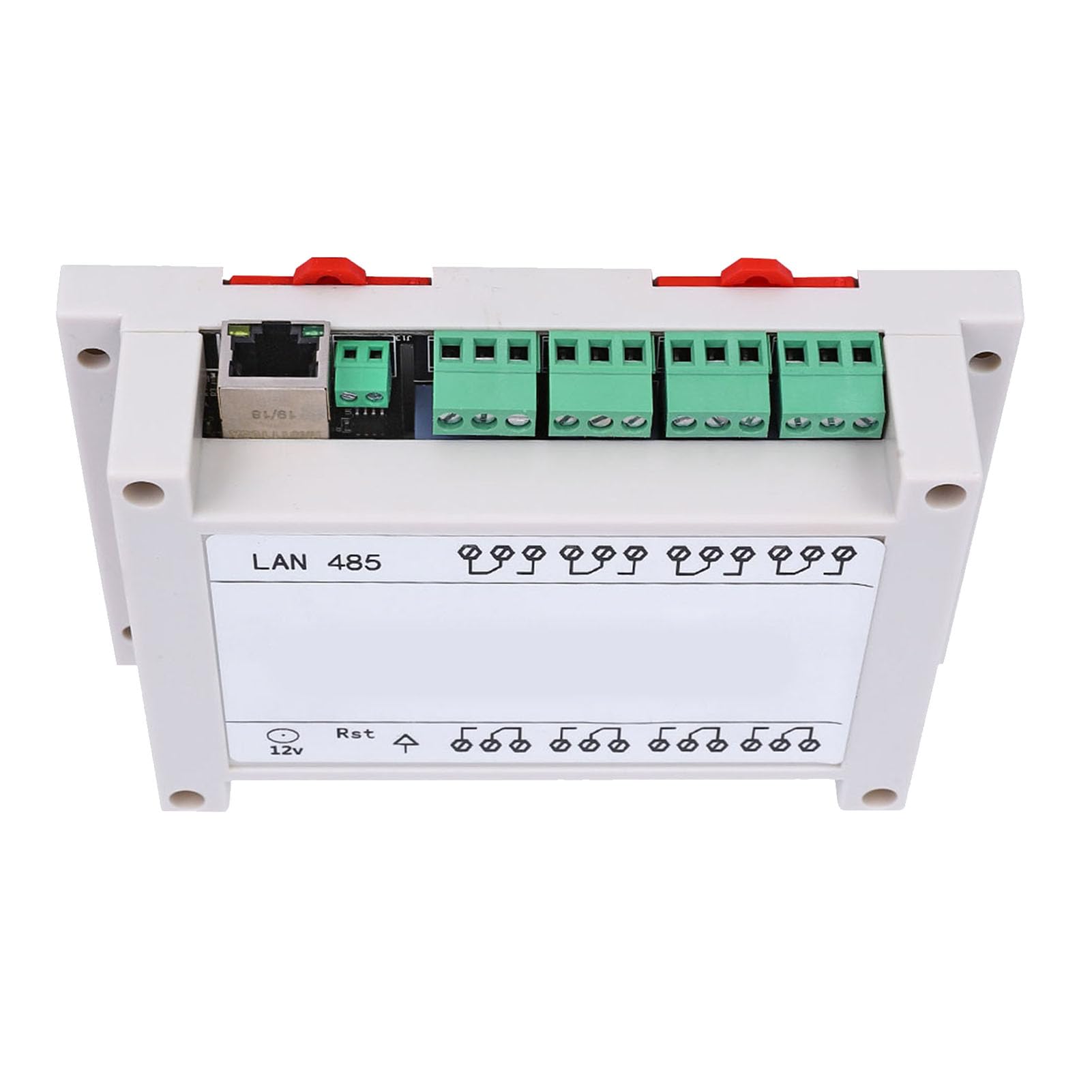

🌟 Command Your Space, Anywhere, Anytime!
This Ethernet RJ45 8-Channel Relay Module offers robust 10A relay control at 250V/AC, enabling remote TCP/IP network management with real-time status feedback. Designed for durability and ease of use, it features optocoupler protection and simple reset functions, making it an ideal smart home or office automation solution.



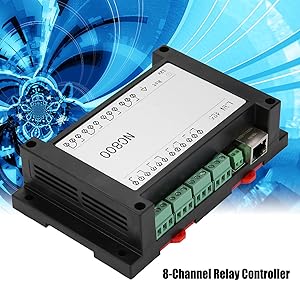





Trustpilot
3 days ago
5 days ago